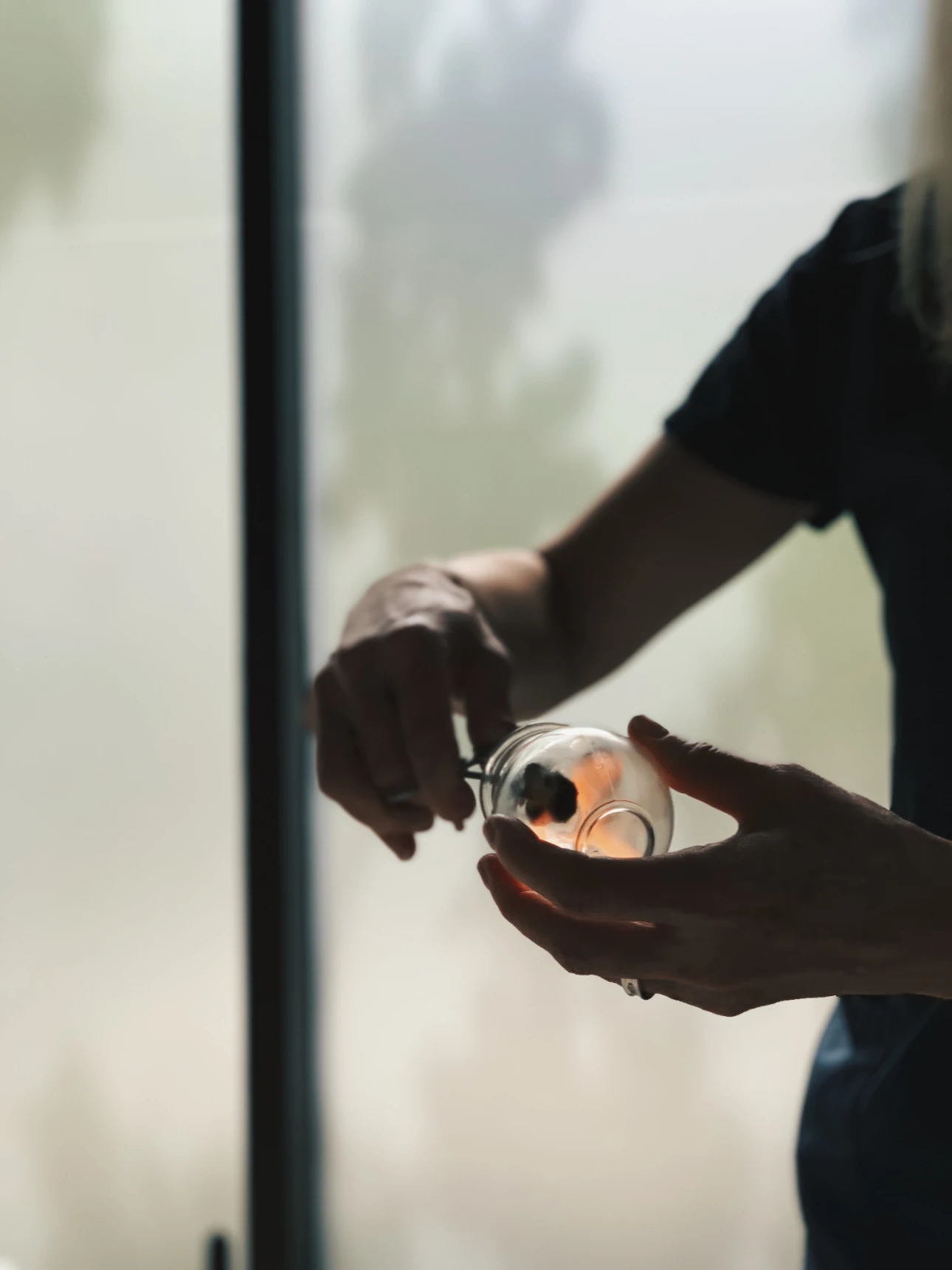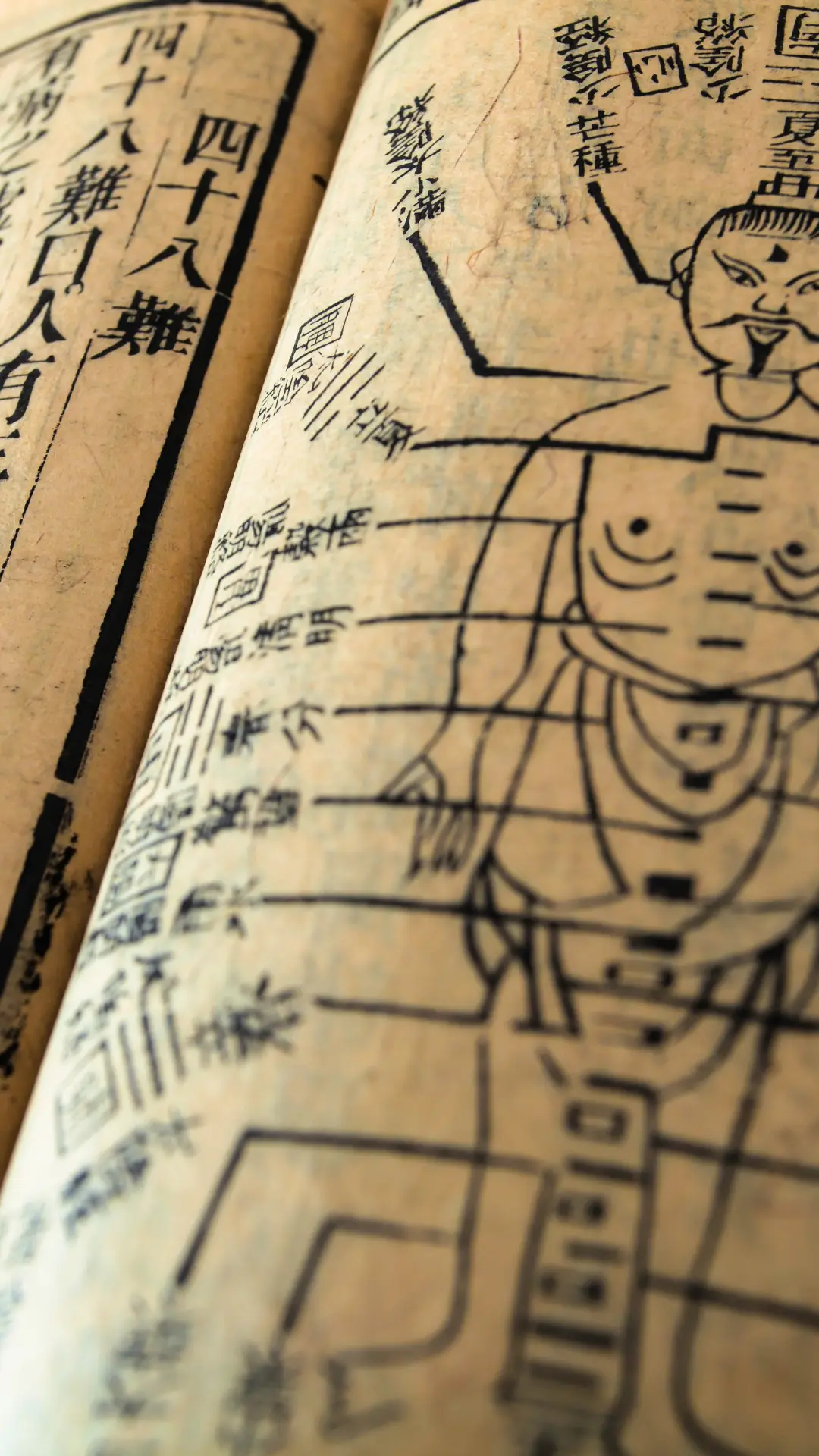TMJ – Temporomandibular Joint Pain
The Symptoms of Jaw (TMJ) Pain
I treat a lot of TMJ pain in the clinic. My patients report pain in the cheek bone area; they can’t open their mouth fully and they are getting headaches in the temporal area of their head. Some patients also report clicking or the jaw shifting when they open their mouth.
The Four Muscles that are Impacted
When a muscle gets overused it gets tight and painful. The jaw has four muscles that work the jaw area:
- Masseter
- Lateral Pterygoid
- Medial Pterygoid
- Temporalis
What Causes TMJ Pain?
Grinding the Jaw
The number one cause of this pain is clenching down the jaw and grinding the jaw.
This activity goes largely unnoticed by the patient, but they often wake up with headaches in the side of the head or it they get headaches later in the day largely caused by stress and tension. These patients are all wearing a mouthguard to protect their gums. It doesn’t stop or lessen the clenching but rather mitigating the impact of their clenching on the rest of their body.
Referring Pain and Tension
People with really tight neck and shoulders can also have tight jaw muscles and throat muscles call their sternocleidomastoid muscles. In short, their tension and stress significantly impact the muscles of their head, neck and shoulders. Stress causes muscles to become tight and painful leading to headaches and jaw pain.
What Causes the Clenching and Grinding?
When we don’t give voice to our emotions or are not able to express them, we will store them.
This is really the root of the problem of why we clench and grind in the first place.
I see patients who were conditioned from a very young age that their voice would not be heard, or it didn’t matter. These are the patients who grew up in homes where there was trauma. They are in a relationship now where they are not speaking up for themselves. This may be a work relationship, or with their current partner, or maybe it’s their living situation. When we suppress an uncomfortable emotion, we unconsciously use our jaw to keep it down.
These patients are often experiencing events in their life over which they have no control, but which are causing them a lot of stress. We hold tension all over our bodies — in our neck, shoulders, hips, stomach, and jaw. Left untreated, tension starts to cause pain and limit the function and mobility of the area affected. If tension is held in the gut, digestion gets affected. If it’s the head, headaches and muscle pain will erupt.
How Can I Treat TMJ Pain? Four Treatment Options That Can Help
- Break up the tension in the affected areas.
- Acupuncture, cupping, massage ideally all three will release the tension in this area. Electrical stimulation applied to the needles will also release and relax the muscles.
- Energy work – I know this is woo woo but when I combine acupuncture with reiki healing patients feel the energy trapped in their jaw being pulled from them – trust me this works soo well. I have witnessed patient’s jaw moving laterally side to side as I moved crystals (usually quartz) over their cheeks. Trust me I was as surprised as they were.
- Work on the emotional conditioning of not speaking your truth. Ask yourself:
- Why don’t you speak up?
- Why are you in a relationship where you’re not being heard?
- What conditioning has led you to this place and time and how can you heal and be released from it?
- Emotions need to be felt and then released. Find a way to run your energy, whether it’s through talking, journaling, drawing, creating. Safely express yourself and how you feel — kick boxing anyone???
- Botox – I am sooo loath to write this down, but if you are one of those people who is chewing through your mouthguards and in constant pain then consider Botox or prolotherapy where a sugar solution is injected into the jaw. This causes an inflammatory response and can lead to healing. But remember, if you keep clenching you will be chasing the tail of the dog.
Botox will give you the fastest pain relief, but it doesn’t resolve the underlying cause and it’s not without side-effects. Best to treat the root — remove the tension that’s causing the clenching.
To learn more about how to treat TMJ pain, visit my TMJ page.
Questions? Shoot me a message and I’ll be happy to help. julienelsontcm@gmail.com









